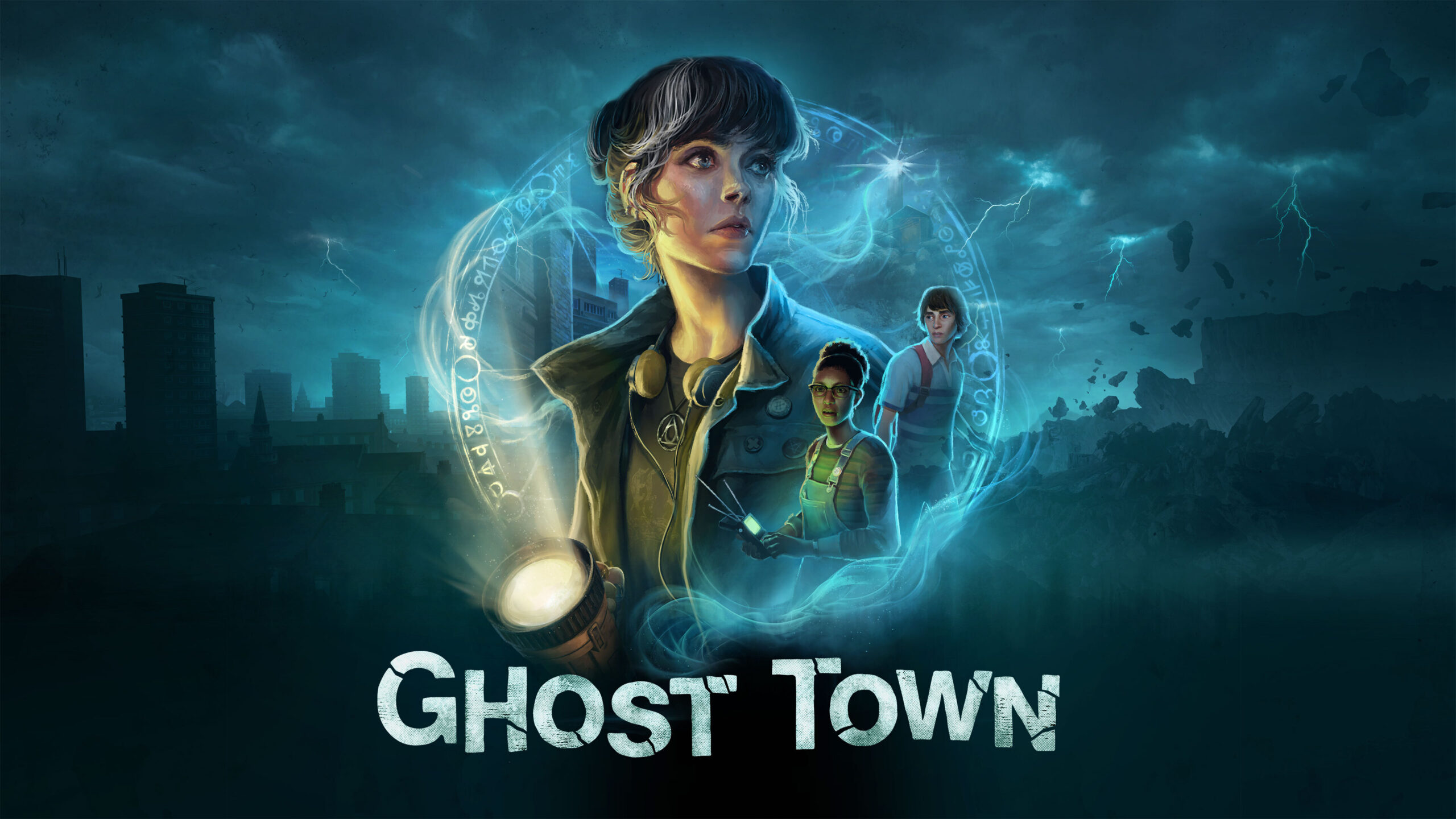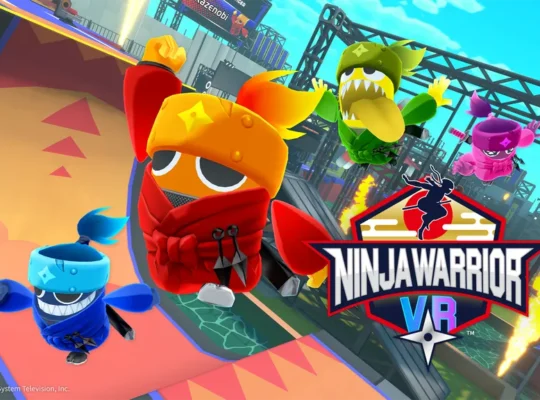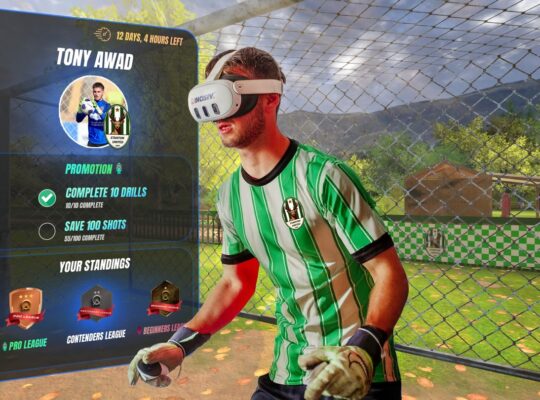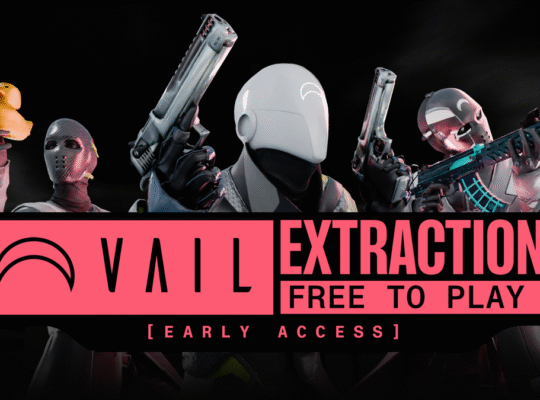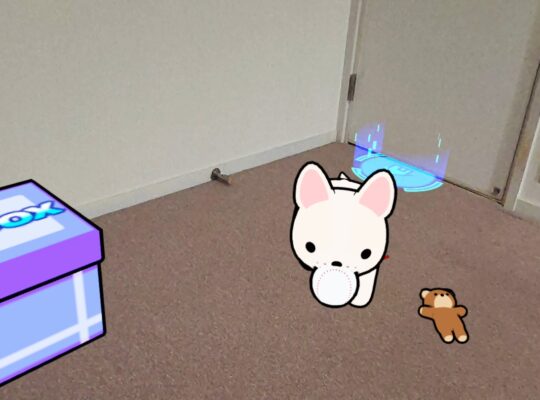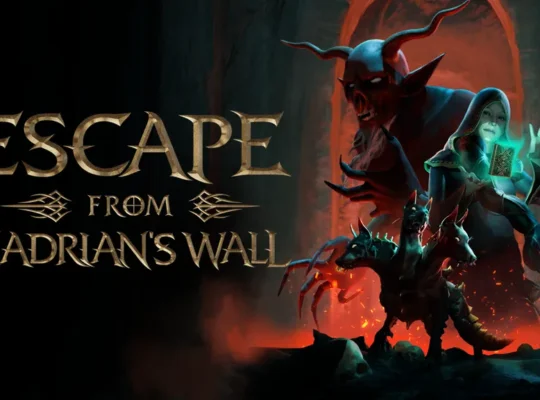Ghost Town, the latest immersive title from Fireproof Games, is gearing up for release on both PC VR and the Meta Quest 3. Known for their critically acclaimed The Room series, Fireproof is once again diving into the supernatural—this time with a spine-tingling mystery set in haunted London.
Already receiving praise on Quest, Ghost Town delivers a rich, atmospheric experience full of eerie environments, intricate puzzles, and a compelling story. But with a PC VR version also arriving, we took a closer look to see how the two versions stack up—visually and performance-wise.
Stepping into the Paranormal
You play as Edith Penrose, a determined investigator searching for her missing brother. Working through a ghost-hunting detective agency, Edith explores a chilling world of spirits and secrets hidden within the fog-draped streets of London. As you dig deeper, you’ll solve complex mechanical and environmental puzzles, uncover clues, and piece together a narrative that’s both emotionally resonant and deeply mysterious.
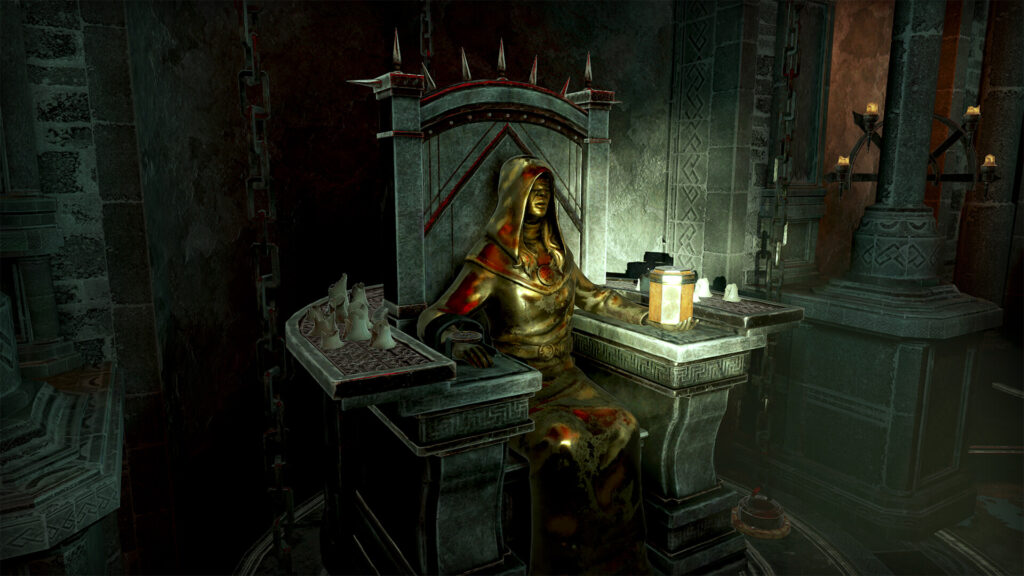
Quest 3 vs PC VR: Graphics & Performance Face-Off
The biggest surprise? Just how closely the Quest 3 version resembles the PC VR build. While we’ve seen bigger differences in other recent comparisons—like Metro Awakening or Alien: Rogue Incursion—Ghost Town manages to blur the line between standalone and tethered VR.
Here’s what stood out:
🔦 Atmosphere & Lighting
Across both platforms, the mood is beautifully dark and immersive. On PC VR, the lighting feels a touch more dynamic, and atmospheric effects like fog are more consistently rendered, helping to build that chilling vibe. Quest 3, while slightly dialed back in terms of fog and shadow complexity, still delivers a clean and immersive ambiance. The lack of some effects doesn’t break the experience—it just slightly softens the edge.
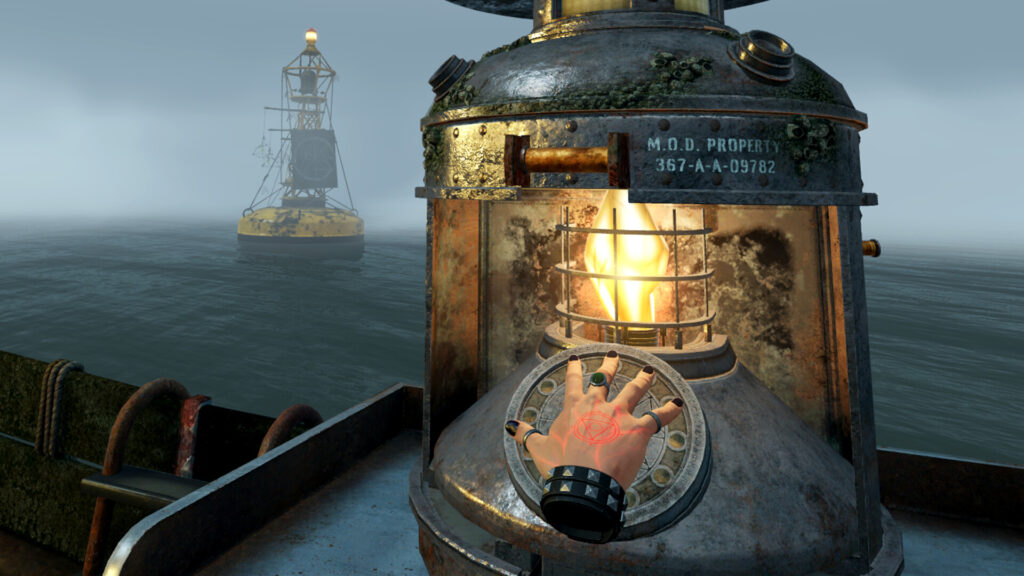
Textures & Detail
Textures are impressively sharp on both systems. From the crumbling walls of ghost-infested buildings to the translucent spirits drifting through rooms, the visual fidelity is strong. PC VR does come out ahead when you look closely: textures are crisper, and environments are slightly denser with objects, creating a fuller world. Still, the Quest 3 version holds its own remarkably well considering the hardware limitations.
Performance
Performance-wise, both versions run smoothly. On Quest 3, players can expect fluid gameplay with only rare dips in frame rate during high-intensity scenes. PC VR maintains a slight edge in consistency, but the Quest 3 experience remains highly playable and immersive from start to finish.
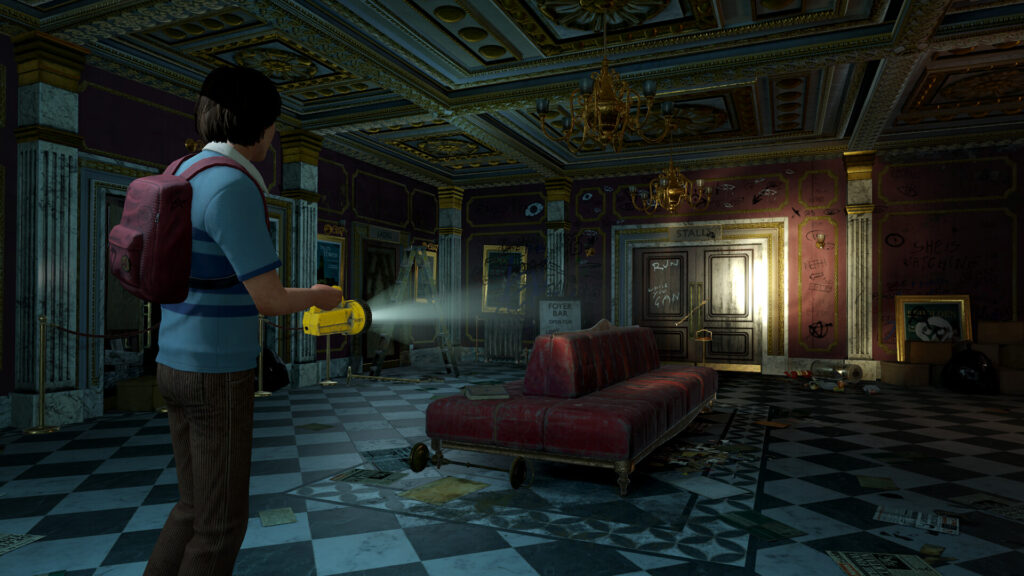
Add Your Heading Text HereFinal Thoughts: A Win for Both Platforms
What’s most impressive about Ghost Town is how well it translates across platforms. Quest 3 owners can dive into the full experience untethered, enjoying a nearly identical adventure to the PC version. Meanwhile, PC VR players benefit from a slight fidelity boost, perfect for those chasing ultra-detailed environments.
Whether you’re drawn in by the haunting story, the clever puzzles, or simply the thrill of exploring a ghost-filled London, Ghost Town promises a captivating journey on either platform. Fireproof Games continues to prove that VR storytelling can be both beautiful and bone-chilling.
Get ready—Ghost Town is almost here.


